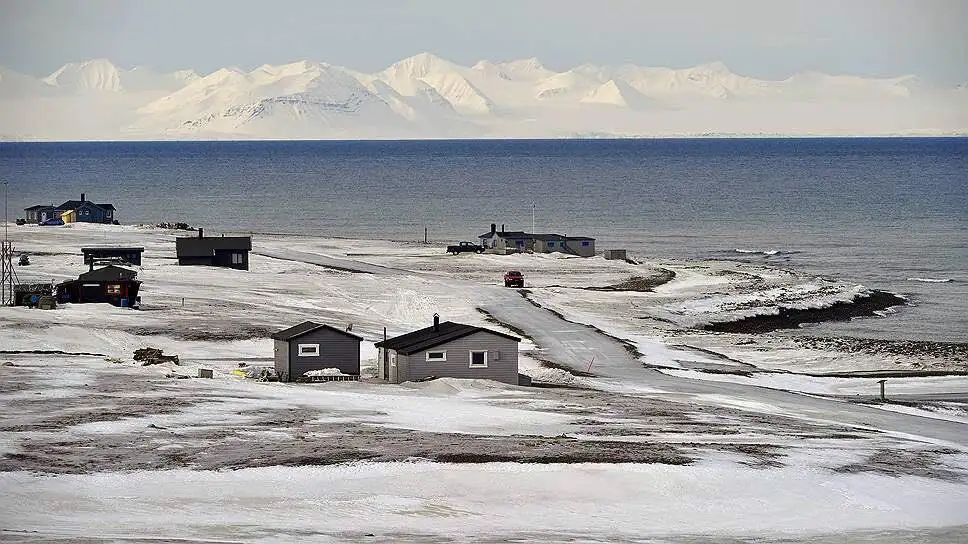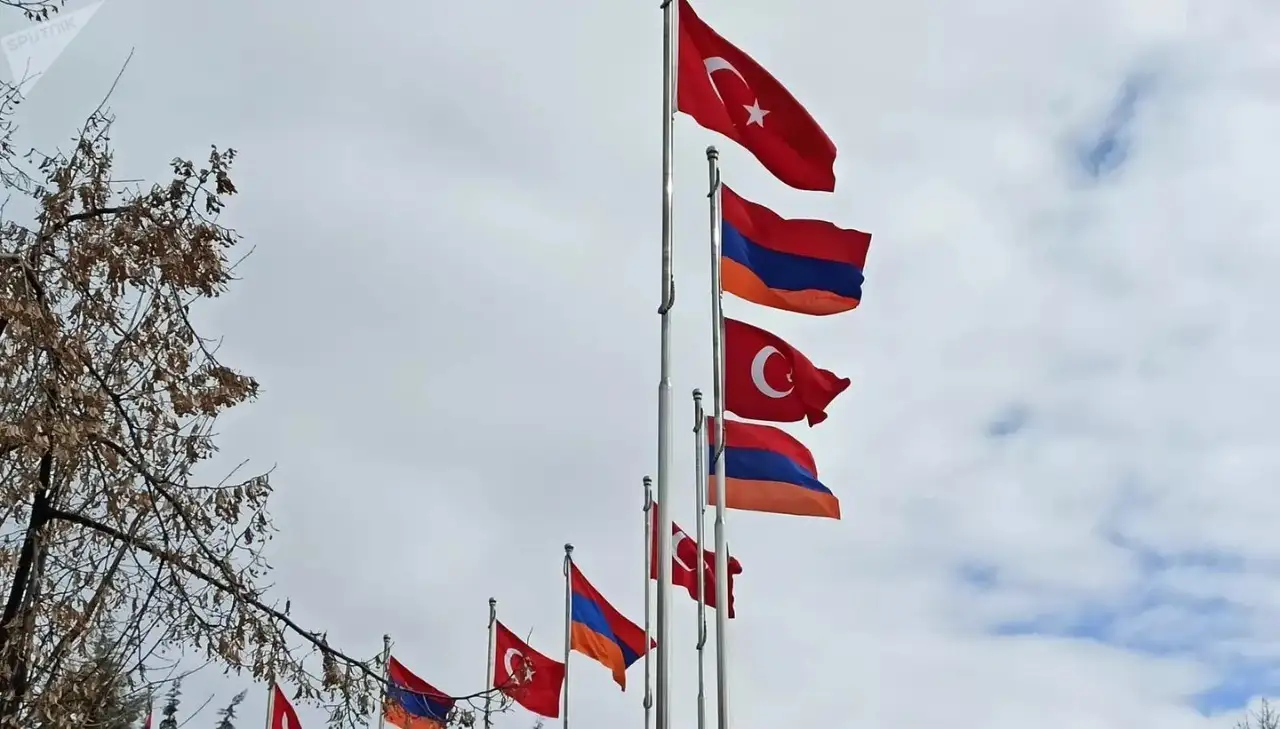A new absolute maximum temperature of +1.8°C was recorded on Vize Island (79.5° N), which is 0.5°C higher than the previous record (2016), Levon Azizyan, Director of the Center for Hydrometeorology and Monitoring, SNCO, wrote on his Facebook page.
"This is the 24th heat record since August 1. It is noteworthy that on Vize Island, in the northern part of the Kara Sea, from where the most severe cold penetrates the European part of Russia in winter, only four absolute maximums set before 2020 were preserved in August, the same number in September, and in October, the number of such records already reaches 23.
The reasons for the more intense heat waves in the Arctic in late summer and early autumn are the reduction in Arctic ice area and the formation of stable anticyclones stretching from the Atlantic to the Urals. Warm air along the western edges of these anticyclones can penetrate deep into the Arctic for weeks. When these flows pass over mostly open water areas, the air is cooled much less than if the surface were covered with continuous ice.
A new daily absolute maximum was also recorded at Russia's oldest operating polar station, Malije Karmakuli, located on the South Island of the New Earth archipelago, on the coast of the Molera Bay. Yesterday's maximum temperature was +8.1°C, which is 1.4°C higher than the previous record set in 2000."




















